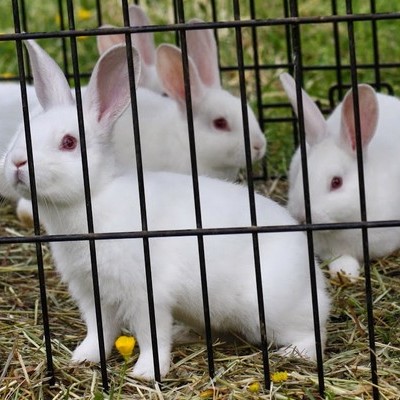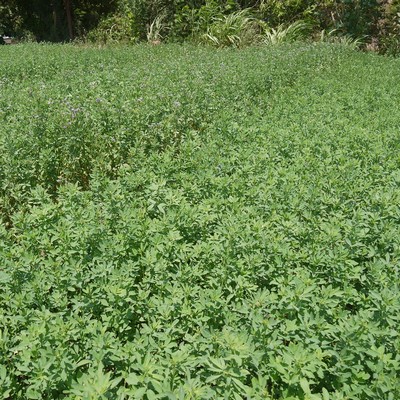The history of layer farming is a long and complex one, dating back to the domestication of chickens in ancient times. In the early days, chickens were kept for their meat and eggs, but it was not until the 19th century that commercial egg production began to take off. In the early 20th century, commercial egg production continued to grow, and by the 1950s, the United States was producing more eggs than any other country in the world. Poultry farming is the raising of domesticated birds such as chickens, turkeys, ducks, and geese for the purpose…
Day: May 4, 2024
SHEEP FARMING (new)
Sheep were first domesticated in the Middle East around 11,000 years ago. They were originally raised for their meat and milk, but their wool soon became an important commodity as well. Sheep were introduced to Europe around 7,000 years ago, and to North America by European settlers in the 16th century. Sheep farming has played an important role in human history. Wool was used to make clothing, blankets, and other textiles. Sheep were also used as a source of meat and milk. In some cultures, sheep were also used for…
RABBIT FARMING (new)
The history of rabbit farming is long and varied. Rabbits were first domesticated in Spain by the Romans around 200 BC. They were kept for their meat and fur, and the practice spread throughout Europe. In the Middle Ages, rabbits were also kept by monks for food, and they were often used as a source of meat during Lent. In the 19th century, rabbit farming became more widespread as a commercial enterprise. This was due in part to the development of new breeds of rabbits that were better suited for…
PIG FARMING (new)
The history of pig farming dates back to ancient times. Pigs were first domesticated in Asia and Europe around 9,000 years ago. They were raised for their meat, fat, and hides. Pigs were also used as a source of labor, as they could be trained to plow fields and carry heavy loads. In Egypt, Pigs were raised in ancient Egypt for meat, fat, and leather. They were also used as a source of manure, which was used to fertilize crops. Pigs were considered to be unclean animals by the Egyptians,…
GOAT FARMING (new)
The goat is a versatile animal. Goats were the first animals domesticated by man in 10,000 B.C. Most goats can be found in Asia and the Mid-East. Goats were the first animals to be used for milk by humans. There are over 210 breeds of goats in the world. There are approximately 450 million goats around the world. Goats were first brought to America by Columbus in 1493. The female goat is called a “doe” or “nanny.”The male goat is called a “buck” or “billy.”A castrated male goat is called…
DAIRY CATTLE FARMING (new)
The history of dairy farming dates back to the early days of human civilization. The first evidence of dairy farming can be found in the Middle East, where people were milking goats and sheep as early as 8,000 BC. Dairy farming spread to other parts of the world, including Europe, Asia, and Africa, as people migrated and traded with each other. In the early days of dairy farming, milk was consumed fresh or made into simple dairy products, such as cheese and yogurt. As technology advanced, dairy farmers began to…
BEEF CATTLE FARMING (new)
The history of beef cattle farming dates back to the domestication of cattle in the Middle East and Europe over 10,000 years ago. Cattle were originally raised for their meat, milk, and labor, and they played an important role in the development of human civilization. In the Americas, cattle were first introduced by Spanish explorers in the 16th century. Today, beef cattle farming is a major industry in many parts of the world. The United States is the world’s largest producer of beef, followed by Brazil, China, and India. In africa,…
LUCERNE FARMING/Fodder Farming (new)
Lucerne, also known as alfalfa, is a perennial legume that is grown for its forage and hay. The history of lucerne farming dates back to ancient times. It is believed that lucerne was first domesticated in Central Asia, and it was later introduced to other parts of the world, including Europe, Africa, and Asia. Lucerne farming became more widespread in the Middle Ages, and it was an important crop during the Crusades. Lucerne was also introduced to the Americas by European settlers in the 16th century. Lucerne farming has continued…
TILAPIA FARMING (new)
The history of tilapia farming dates back to ancient Egypt, where tilapia were raised in ponds and canals. Tilapia were also farmed in ancient China, India, and Mesopotamia. In the 19th century, tilapia farming began to spread to other parts of the world, including South America, Africa, and Southeast Asia. Tilapia farming was particularly successful in Southeast Asia, where tilapia were introduced to help control water hyacinth, an invasive plant that was clogging waterways and disrupting agriculture. The first tilapia farms were established in the 1950s in Israel and the Philippines.…










